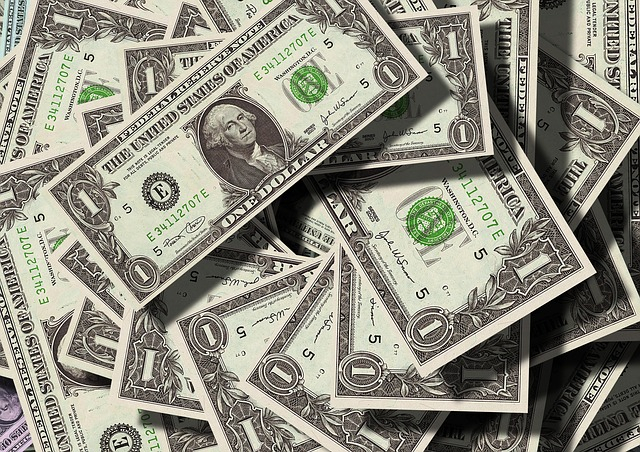The US dollar is on a declining trajectory after touching a two-decade peak against its global peers in September last year. The greenback has lost some 10 percent since then, mainly driven by calculations that the Federal Reserve is slowing the pace of benchmark rate hikes.
Reports have indicated that a significant majority of policymakers at the US Fed felt that it will be appropriate to consider the slowing of the rate hikes. The report came amid concerns over the impact of several rounds of federal rate hikes over the past year. The minutes of the policymakers' meeting earlier in November showed that a 'substantial majority' of policymakers thought it was now okay to reduce the pace of the rate hike.

However, some analysts argue that China's emergence from a protracted Covid-19 lockdown and the positive sentiment this has stirred up are also driving the greenback down. The Bank of America Corp. strategists tracked Chinese 'reflation assets' against a dollar index to arrive at this conclusion.
"The recovery in China reflation sentiment has likely been an important driver of dollar depreciation, potentially more than US rates which have not fallen much," strategists Adarsh Sinha and Janice Xue wrote in a note, according to Yahoo Finance.
What is Reflation?
According to Investopedia, reflation is a fiscal or monetary policy designed to expand output, stimulate spending, and curb the effects of deflation, which usually occurs after a period of economic uncertainty or a recession. "The term may also be used to describe the first phase of economic recovery after a period of contraction," it adds.
The first two weeks of the year 2023 has already seen a market rally in China, which was part fueled by the foreign players, who had been off the market in the last year owning to China's lingering Covid-19 threats and serious concerns about the direction of politics.
According to Nikkei Asia estimates, the foreign investors bought a net 64 billion yuan ($9.5 billion) in the first nine trading days of 2023. This is way more than the 90 billion yuan investment in the whole of 2022. Incidentally, the year 2022 saw the lowest foreign capital flows into China since 2017.
Meanwhile, analysts believe that China could launch additional stimulus measures to nurse the economy bruised by years-long social restrictions back to health. A strong stimulus package is needed for mainland China's economic recovery, said S&P Global Market Intelligence in a report on Tuesday.
"Mainland China's reopening should result in an economic recovery in 2023, while global economic moderation, the still weak consumer confidence and property slowdown indicate that a robust and smooth recovery requires a stronger stimulus package in the coming year," S&P Global said.
Rebecca Patterson wrote in the Financial Times that China is Beijing 'doubling-down on supporting growth' in the wake of the emergence from the zero Covid policy. This could boost consumer spending, supported by potential improvement in sentiment towards the property market. When the Chinese sentiment brightens, it will have positive rub-off effect on a whole lot of sectors and economies in the region.
"The dollar is likely to decline further if we continue to see a combination of improving economic conditions in the rest of the world .." she adds.









